Why 2023 Looks Different for Talent Acquisition
Now that we’re into the second quarter of 2023, we can see that the talent acquisition world has a different tint. Despite the specter of recent layoffs and a looming recession, widespread skills shortages and a low overall labor force participation rate (LFPR, or the number of people in the workforce or actively looking for work) mean that organizations have had to deploy more innovative recruitment strategies.
These four talent acquisition trends are reaching critical mass:
Internal Mobility
When it comes to lateral moves and internal opportunities, most organizations have always talked a good game. However, in practice, managers were more likely to hoard top talent. A poor infrastructure often restricted employee movement from one team to another, even if a manager was supportive. But during the COVID-19 pandemic, leaders recognized the utility of redeploying workers from a slow area of the business into a more viable one. Since then, internal mobility has gained momentum.
This year is different due to the more widespread usage of technologies that drive internal mobility – namely, talent intelligence and predictive analytics. Rather than waiting for an individual employee to express interest in a given position, artificial intelligence allows leaders to proactively determine who within the existing workforce might have the right skill set to meet a current or near-future need or who could be easily trained to do so.
Executive Freelancers
The professional contract workforce has been growing for the last decade, but traditionally, freelancing was mostly limited to individual contributors in professions like writing, marketing and information technology. Because these workers usually completed work that could be more narrowly defined within the scope of a “project,” this made sense.
In 2023, however, pervasive contract work has expanded to other professions, including law and finance. We are increasingly seeing organizations using “interim” c-suite executives to take over for a leader who is on leave, to trial a new hire for fit, or to temporarily fill the position while they search for a permanent hire.
Unfortunately, it is still the case that organizations often treat contract workers as second-class citizens. But as they become a more significant percentage of the employee mix, TA leaders must leverage technology to nurture their relationships with this population and deliver the appropriate opportunities, training and communications.
Permanent Hybrid Employees
2023 marks the first time many organizations will hire workers into permanent hybrid roles – meaning the employee has a percentage of time allocated to be in the office and a percentage of time allocated to work from home or another location – and this arrangement is not expected to change.
The decision about how many days to require in-office, or which days to require in-office, isn’t being made in a vacuum. Every organization has a different playbook. TA professionals are working closely with their leaders and employees to determine the mix that’s best for their business and ensure it’s closely aligned with the data about productivity and worker sentiment.
Remote-only roles will continue to be in high demand. Still, the availability of these will decline as many leaders harbor long-held beliefs about the necessity of facetime and geographic proximity to an office.
Rehires
As I mentioned, the LFPR is already lower than it was pre-pandemic, and nearly two million people are still missing from the U.S. workforce alone. Due to plummeting fertility rates in many countries, the number of working-age people will continue to decline over the coming decade, and there will be a stubborn gap between employer demand for skills and the supply of qualified candidates.
The good news is: many talented and reliable employees who left on good terms in recent years want to come back in 2023 – either because they retired early and now find themselves bored or in need of money or because they thought the Great Resignation would bring a better opportunity that didn’t pan out as they hoped.
Talent acquisition professionals would be wise to count these “boomerang” employees among their strongest recruits as they bring valuable skills and a wealth of institutional knowledge. Creating active alumni communities and targeting customized email marketing campaigns to former employees will facilitate an ongoing pipeline when searching for a given skill set.
What would entice these workers to return? As is the case with all top candidates, boomerang employees today are looking for a competitive salary and perhaps a signing bonus, the ability to maintain a flexible schedule, a diverse and inclusive culture, and commuter and mental health benefits.
No one knows exactly what 2024 will bring, but we have an idea. Talent acquisition professionals can examine these four trends to become mini-futurists and conduct scenario-planning exercises for the future of their workforces in the next ten years. This way, even if we enter another downturn, they will be prepared to help their organizations weather it as seamlessly as possible.
You can take the first step by joining us next week for a webinar on talent intelligence sponsored by ERE Media.
[Editor’s Note: This post comes from Alexandra Levit, workforce futurist and author of Humanity Works.]



















